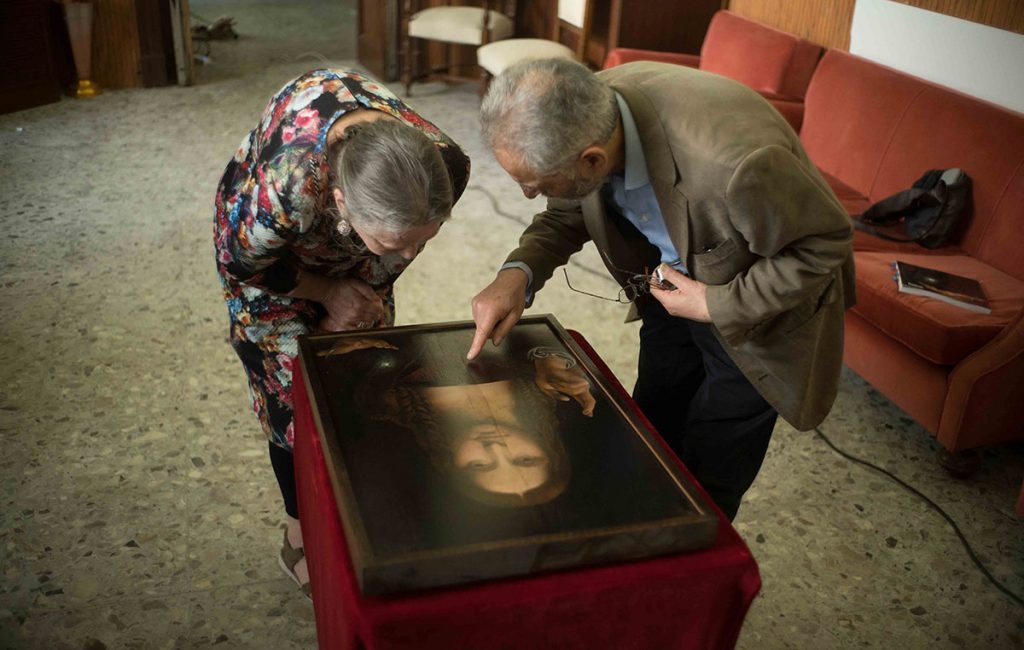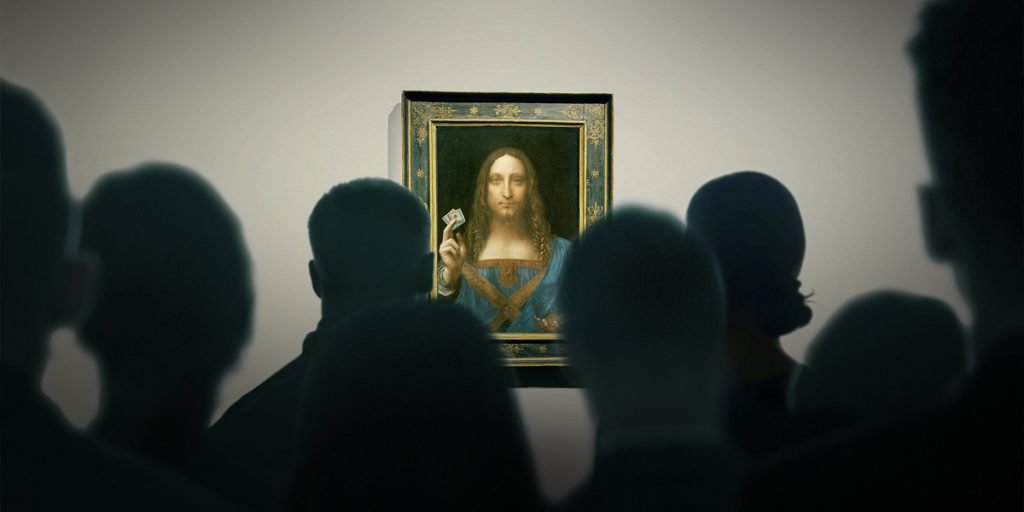The Lost Leonardo lures you into a secretive and lucrative art world and reveals the dynamics and politics at play while following, presumably, Da Vinci’s lost painting.
From Dan Brown’s massive hit of a novel The Da Vinci Code to iconic mini-series (and Golden Globe winner for Best TV Special) The Life of Leonardo da Vinci, Leonardo da Vinci’s mystic allure has been a presence on many a film, series, theatre productions, games, and novels. Da Vinci was a Renaissance man per excellence, active as a painter, scientist, sculptor and architect, among many other disciplines which he studied in a variety of subjects. He became the humanist ideal, and, to be fair, has not yet found his match in generations of artists after him, apart from Michelangelo, perhaps. It is not wonder, then, that when the headlines broke that a lost painting attributed to Da Vinci had been found, not only did the art world stop, but it took every society by storm.
A new documentary by award-winning Danish director Andreas Koefoed (At Home in the World, Ballroom Dancer) delves deeper into a secretive and lucrative art world, and its art dealers and handlers. The Lost Leonardo gives a unique behind the scenes perspective of everything that entails the handling of a painting, from its conservation to its governance, sale and ownership. The captivating documentary follows the Salvator Mundi, the most expensive painting ever sold at an astonishing $450 million, which is claimed to be a long-lost masterpiece by Leonardo da Vinci. We follow the painting from its discovery and restoration to its release on the insatiable art market, where it is followed by fame, money, and power. The more outrageous its popularity becomes, the more the question of its authenticity starts to haunt it. Are we, as a society, simply willing this painting to be a Da Vinci or is it the actual real deal?
Through a powerful string of interviews with the painting’s advocates and adversaries, The Lost Leonardo paints a fascinating, vibrant, and thrilling picture of the excitement and buzz that comes with a discovery this big. Following the style of Dan Brown’s The Da Vinci Code, the viewer is taken on a journey from its discovery up until the present day, where, with each segment, a new piece of the mystery is revealed. Through careful examination of all the evidence presented in the documentary, it is then up to the viewer to determine for themselves – is the Salvator Mundi a real Da Vinci or not? As the documentary moves further away from the painting and its provenance, and more up into the hands of billionaires, it is revealed how vested interested become more important than the truth.

The documentary is divided into three parts, each revealing a new aspect of the various facets of the art world. In part 1, ‘the Art Game’, we learn of the basic principles of identifying a painting and the importance of its provenance. It is remarkable how curators and conservators can see from the tiniest detail in an image what the relation between the painter and the artist who they are imitating. The build-up of the painting’s attributed artist is revealed through various interviews and close ups of the paintings, and propelled by thrilling and emotive music by Sveinung Nygaard (Handy, Lakeland). Think Nicolas Cage in Jon Turteltaub’s National Treasure and you might come close to the excitement of the paintings big reveal.
Without wasting any time, the documentary delves straight into a critique on its authenticity and asks some very valid questions on its early exhibit at the National Gallery – was it purely a marketing stunt to attract visitors? As one critic keenly observes, “it’s not even a good painting!” Indeed, it is revealed that over 80% of the painting is the excellent work of master restorer Diane Dwyer Modestini. The Salvator Mundi, above all, tells the history of financial markets, and the rise of social wealth. As The Lost Leonardo moves away from the painting’s restoration and provenance and more into its significance for the art market, the documentary tentatively provides us with the question – what makes art Art?
Part 2, ‘the Money Game,’ shows us the inside-outs of how dealing in art works. Though the owners’ intention was for the painting to be displayed at the museum and not for the private market, the price they put on the painting was so high the museums couldn’t raise sufficient funds to buy it. As we follow how the paintings moved between owners, as well as the fate of the owners, we learn some interesting and terrifying facts about the so-called freeports. Without losing its pace and thrill, The Lost Leonardo goes above and beyond to lay bare the hitherto secretive world of art dealers and art owners. As the hidden agendas of the world’s richest men and most powerful art institutions are unravelled in part 3, ‘the Global Game,’ we learn what might be the most important lesson to take from The Lost Leonardo – it’s not just art history, it’s world politics.
The Lost Leonardo premiered at the Tribeca Film Festival on Sunday, June 13, 2021. The film will open in theaters in New York and Los Angeles on August 13, 2021, followed by a national release.

